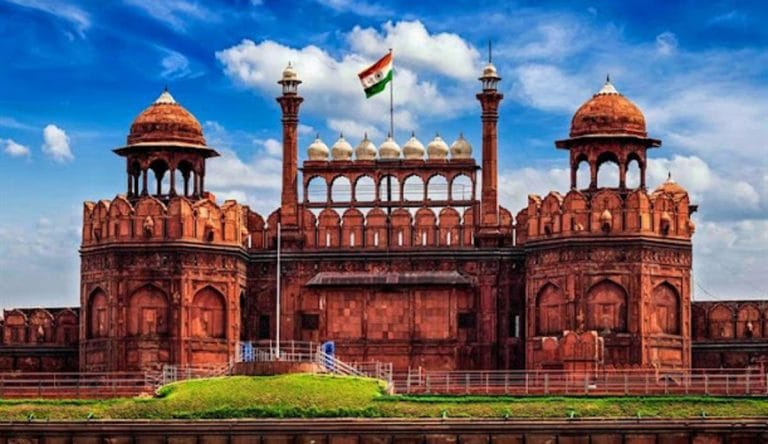🎧 Listen to This Article
The Goods and Services Tax (GST) Council is evaluating a significant restructuring of India’s GST framework, potentially reducing the number of tax slabs from four to three. According to a report by the Hindustan Times, discussions are underway to eliminate the existing 12% slab, redistributing items currently under this rate to the 5% or 18% categories.
Near Consensus on Scrapping 12% Slab
Officials and experts advising the Group of Ministers (GoM) on rate rationalization have reportedly reached near consensus. The 12% slab is seen as less relevant in the current tax landscape, and realigning goods and services into 5% or 18% brackets is considered a practical, revenue-neutral solution. However, a final decision will rest with the GST Council.
Support from Governments and Experts
The idea of scrapping the 12% slab has been largely welcomed by Union and state government representatives as well as tax policy experts. They believe this could simplify compliance and reduce disputes over classification while maintaining overall tax neutrality.
What Falls Under the 12% Slab?
Currently, a wide range of goods fall under the 12% GST rate, including:
- Food items: condensed milk, frozen vegetables, sausages, jams, and mayonnaise
- Household goods: carpets, furniture, umbrellas, feeding bottles, and household utensils
- Clothing and accessories: caps, jute and cotton bags, footwear under ₹1,000
- Personal care and stationery: tooth powder, diagnostic kits, pencils, and crayons
- Beverages and packaged water: 20-litre bottled drinking water, juice-based drinks
- Miscellaneous: pasta, curry paste, walkie-talkies, armoured vehicles
Services in the 12% category include:
- Specified construction services
- Hotel rooms priced up to ₹7,500 per night
- Business and professional services
- Certain non-economy air travel and multimodal transportation
GST Council Meeting Expected Soon
The GST Council, which includes the Union Finance Minister and state finance ministers, is expected to meet in June or July to review the proposal. The Council last convened in December 2024.
The move follows the efforts of the GoM on rate rationalization, first established in September 2021. The committee has seen leadership transitions, with the most recent convener being Bihar’s Deputy CM Samrat Chaudhary.
Broader Fiscal Context
The restructuring comes as India’s GST revenues continue to perform robustly, with May collections crossing ₹2 trillion. However, dumping and classification disputes remain a concern. Rate rationalization is expected to improve compliance and streamline the indirect tax regime.



